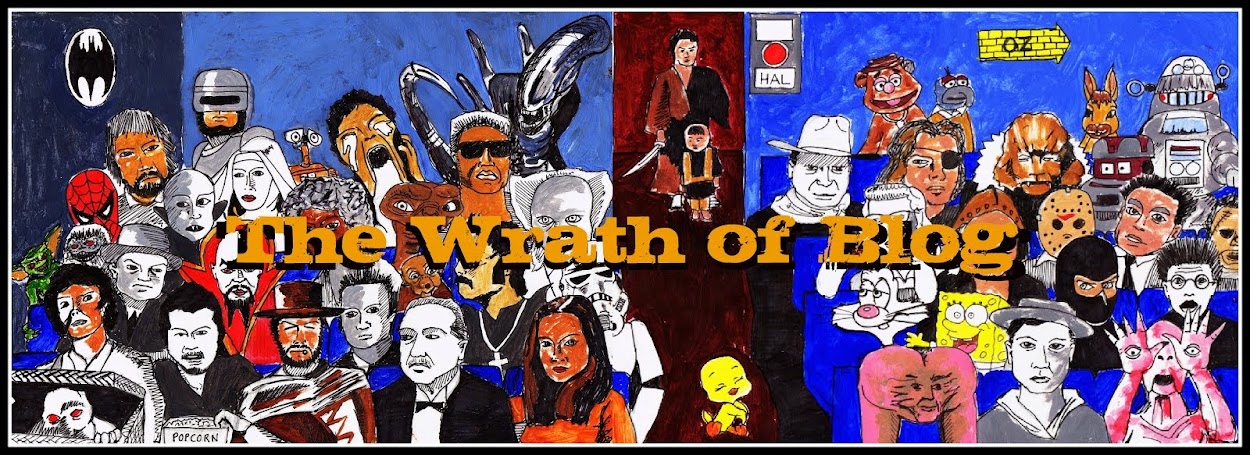 After foiling the ritualistic sacrifice of a young girl at the hands of the aristocratic Lord Blackwood (Mark Strong), Sherlock Holmes retreats into a state of isolation while he awaits his next case. His good friend and colleague Dr. Watson (Jude Law) is getting married, and his invitation to Holmes to meet his bride-to-be finally brings Holmes back into the world. With Blackwood awaiting execution, his last wish is to talk with Holmes, who is warned of three more deaths to come. Blackwood is hanged and assumed dead, until his body goes missing and is replaced by a man reported missing by Irene Adler (Rachel McAdams), an American thief who has managed to escape Holmes in the past. Holmes' investigations leads them to the Temple of the Four Orders, a secretive magical organisation who seem terrified by Blackwood's apparent resurrection and eventual resurfacing.
After foiling the ritualistic sacrifice of a young girl at the hands of the aristocratic Lord Blackwood (Mark Strong), Sherlock Holmes retreats into a state of isolation while he awaits his next case. His good friend and colleague Dr. Watson (Jude Law) is getting married, and his invitation to Holmes to meet his bride-to-be finally brings Holmes back into the world. With Blackwood awaiting execution, his last wish is to talk with Holmes, who is warned of three more deaths to come. Blackwood is hanged and assumed dead, until his body goes missing and is replaced by a man reported missing by Irene Adler (Rachel McAdams), an American thief who has managed to escape Holmes in the past. Holmes' investigations leads them to the Temple of the Four Orders, a secretive magical organisation who seem terrified by Blackwood's apparent resurrection and eventual resurfacing.I've never really been a fan of Guy Ritchie. Since his breakthrough début way back in 1998 with Lock, Stock & Two Smoking Barrels, he has done little of note, or at least nothing to develop on the promise of his début. Lock, Stock was an amusing and quite clever little throwback to the Cockney gangster films of the 1980's, featuring memorable dialogue and a funky score. He then made Snatch (2000), which is still lauded by its fanbase but offered nothing different apart from a new and annoying self-awareness, and Alan Ford calling himself "an 'orrible cant!". He then was almost forced to pack it in for good after making the embarrassing double-whammy that was Swept Away (2002), a love-letter to his then-wife Madonna, and Revolver (2005), a pretentious, insulting piece of shit starring Jason Statham and Ray Liotta. Seeing his dreams fading, Ritchie went back into his comfort zone - the criminal underbelly of London - and made RocknRolla (2008), which although being over-familiar, wasn't half bad and featured some nice cinematography.
With Holmes, Ritchie has gone mega-budget and handles it well. Though for all its CGI backdrops and grand set-pieces, Ritchie has stuck with the Cockney wide-boy dialogue and slow-motion fight scenes. From the very first scenes, his intentions are clear, as Holmes envisions his opponents weak-spots and we are narrated through the damage that each blow will inflict, all caught in that time-altering way he championed way back in '98. This is Holmes at his most action-heavy. I don't recall ever seeing Basil Rathbone taking out someone's knee-cap or getting involved in bare-knuckle boxing fights. But isn't that was revisions are all about - taking a beloved character and taking them to places never seen before? Well of course, but in this case, it's to take their character to the top of the box-office by attracting a less-demanding audience, and make a lot of money.
The Ritchie-isms aside, Sherlock Holmes is still entertaining, which is its primary goal. Although the story is weak, everything looks fake and like a computer effect, and the aspect that made Holmes such a popular read - the investigation and his almost supernatural ability to unravel the smallest of clues - isn't particularly clever, and is brushed aside in favour of Downey, Jr's admittedly excellent comedic performance. He is perfect for this Holmes, showing a lot of the cocky charm and general strangeness he injected into Tony Stark in the Iron Man films (2008-2013). After all, Downey, Jr. practically is (or was) Holmes, almost spurning his talent in favour of drug abuse. It's enough to make me watch the sequel someday, but not enough to make me warm to Ritchie. But it's 128 minutes of breezy, easy-watching entertainment.
Directed by: Guy Ritchie
Starring: Robert Downey Jr., Jude Law, Rachel McAdams, Mark Strong, Eddie Marsan
Country: USA/Germany
Rating: ***
Tom Gillespie

















